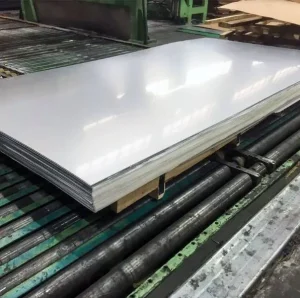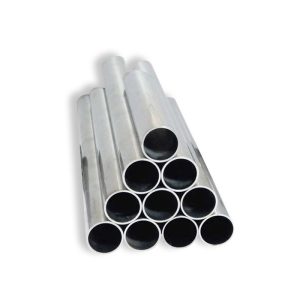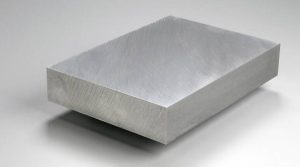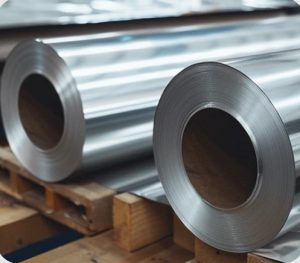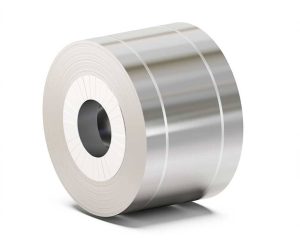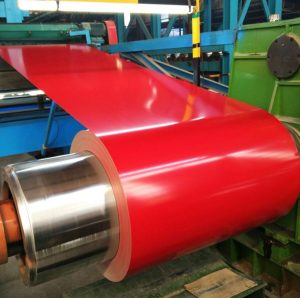Color Coated Galvanized Steel Coil, commonly known as PPGI (Pre-Painted Galvanized Iron), is a versatile building and manufacturing material. It is produced by applying organic coatings to a galvanized steel substrate through a continuous coil coating process. This results in a product that combines the strength and durability of steel with the aesthetic appeal and enhanced corrosion resistance of the paint layer.
Key Features and Benefits
- Corrosion Resistance: The zinc coating (galvanization) provides sacrificial protection to the steel, while the paint layers offer an additional barrier against environmental factors.
- Aesthetics: PPGI is available in a wide array of colors, patterns, and finishes (e.g., matte, gloss, textured), offering significant design flexibility.
- Durability: Modern coating systems are designed to resist fading, chalking, and cracking, ensuring a long service life.
- Formability: The material can be easily roll-formed, bent, and stamped into various profiles without damaging the coating, making it suitable for complex shapes.
- Lightweight: Compared to some traditional building materials, PPGI is relatively lightweight, reducing structural load and easing installation.
Common Applications
PPGI finds extensive use across various sectors:
- Construction: Roofing sheets, wall cladding, sandwich panels, gutters, doors, and interior partitions.
- Appliance Manufacturing: Refrigerator panels, washing machine casings, air conditioner housings, and microwave ovens.
- Automotive: Certain non-critical automotive components.
- Furniture and Fixtures: Office furniture, shelving units.
The choice of PPGI often depends on the specific environmental exposure and desired aesthetic. For demanding applications, suppliers like Shanxi Luokaiwei Steel Company may offer specialized coating systems.
Considerations When Purchasing PPGI
When looking for color coated galvanized steel coils for sale, several factors should be carefully evaluated:
- Base Metal (Galvanized Steel):
- Zinc Coating Mass: Higher zinc coating (e.g., Z100, Z275 indicating grams per square meter) offers better corrosion protection.
- Steel Grade: The underlying steel grade determines mechanical properties like strength and ductility.
- Coating System:
- Primer: Crucial for adhesion and enhancing corrosion resistance.
- Top Coat: Determines color, gloss, and resistance to weathering. Common types include Polyester (PE), Silicone Modified Polyester (SMP), High-Durability Polyester (HDP), and Polyvinylidene Fluoride (PVDF). PVDF generally offers the best long-term performance in harsh environments. Companies such as Shanxi Luokaiwei Steel Company can provide guidance on the most suitable coating for your application.
- Coating Thickness: Typically measured in microns (µm). Thicker coatings generally provide better durability and protection. Standard top coat thicknesses range from 15-25µm.
- Color and Finish: Ensure consistency and match to project requirements. RAL or Pantone color codes are often used.
- Supplier Reliability: Assess the manufacturer’s reputation, quality certifications (e.g., ISO), testing capabilities, and after-sales service. Working with established entities like Shanxi Luokaiwei Steel Company can ensure product consistency and adherence to specifications.
- Coil Specifications: Width, thickness tolerance, coil ID (Inner Diameter), and coil weight must align with your processing capabilities.
Sourcing and Quality Assurance
When sourcing PPGI, request technical data sheets (TDS) and Material Test Certificates (MTC) to verify the product specifications. Consider requesting samples for evaluation. Reputable suppliers will have robust quality control measures in place throughout the manufacturing process. It’s advisable to discuss specific project requirements with suppliers to ensure the selected PPGI meets all performance criteria for its intended use.



